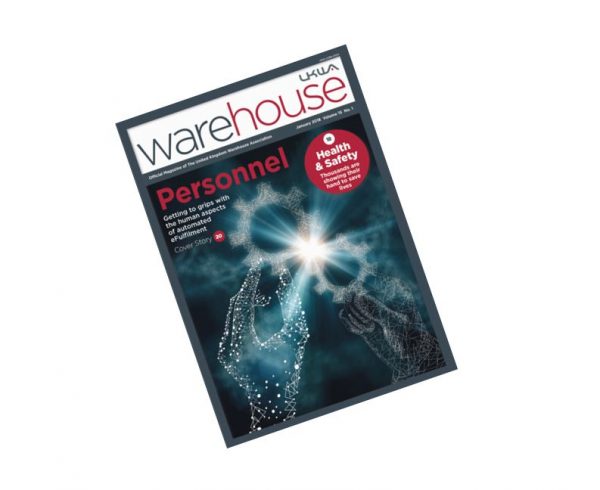The CV is more than just a piece of paper. Over the past few years, we’ve seen the birth of more unique and creative ways of showcasing skills, experience and goals to recruiters and hiring managers.
So, what exactly does the modern CV look like? And what challenges does this pose to both candidates and employers? Read on as we explore the ins and outs of the modern curriculum vitae.
First impressions
What’s the point of a CV? In short, it’s a sales tool used to sell yourself to potential employers. It’s generally the first thing they see in the recruitment process and, as the old cliché goes, you never get a second chance to make a first impression.
As well as key information like education, experience, previous employment and references, your CV should give employers an insight into who you really are, what you’re passionate about and how you can add value to their business.
For as long as time, candidates have done this on good old fashioned A4. Candidates usually send a digital copy of their CV, with a physical paper copy taken along to interviews. Whatever the case, the format has remained the same since the 1950’s.
Is it time we did things differently?
Even on paper, people want their CV to stand out in an increasingly competitive job market. They use different layouts, fonts and attention-grabbing opening gambits to capture attention in the 8.8 seconds employers typically spend ‘studying’ each CV.
It’s no wonder people are comparing the process to dating app Tinder.
But there’s only so much you can do on paper. And the rise of digitalisation provides a number of different ways to grab that much needed attention.
1. Graphics
A graphic CV simply means expressing why you’re right for the job using visual aids. It could be a slideshow, infographic or fully-fledged illustration or animation. Some candidates even go as far as making their CV into an online game.Aside from demonstrating creative ability – ideal for jobs in the arts, design or marketing – this acts as a way to stand out, while still expressing that key information that makes you perfect for the job. Regardless of your experience, there are several guidelines you should always follow when creating a graphic CV.
- Minimise the use of colours: Ideally you should stick to a maximum of three colours of varying shades.
- Remember this is a professional document: Avoid loud or highly stylised fonts and images.
- Make sure your layout flows well: Aim for a chronological and logical flow of information.
- Keep it simple: If it is hard to follow, your CV will work against you.
2. Video
Let’s be honest – most candidates will list things like ‘communication’, ‘well presented’ and ‘confident’ among their strengths on a conventional CV. They’re the kind of buzzwords that employers have begun to ignore, because it’s simply impossible to know whether it’s true prior to interviewing.
A video CV, on the other hand, provides the perfect evidence of these competencies. It’s essentially another kind of graphic CV which helps applicants stand out, expressing individuality and – in a more natural way – what value they can add to a company.
Good video CV’s have several things common. Firstly, they’re always best when they’re between one and three minutes long. There is a lot you can say in 60 to 120 seconds that can grab attention and engage the listener. Body language and the clothes you choose to wear can also say a lot about an individual and the type of role they are looking for.
3. Website
Another form of graphic CV is a website. The main benefit here is flexibility. It allows you to give employers everything they need to know, with optional added extras. Links to examples of your work, for instance, give recruiters the option of finding out more, without overwhelming them from the off. You can even embed videos, images or additional graphics along the way.
Online CVs are also easier to navigate. If done well, recruiters can head straight to sections about experience, education or personal profile to find out exactly what they need.
Challenges of creative CVs
Alternatives to the traditional CV clearly have some merits. They help candidates stick out from the crowd, demonstrating a number of key skills for some roles. But they also have their downsides, especially at a time when they’re just an emerging trend.
Do firms have the technology to deal with these forms of CV? Many companies use applicant tracking systems to screen applications. These systems search for keywords to identify candidates with the right skills or experience for certain roles. Clearly, a creative CV wouldn’t fit in to these text-based systems, meaning applicants would be excluded from the process.
Even in cases where recruiters sift through applications personally, will they have time to take in creative CVs? Sure, in an ideal scenario creative CVs will grant candidates extra time to get their value across. But the fact is, with more applications, some recruiters are rushed – which is potentially why the average time spent assessing each CV is so low.
Time to compromise?
With a clear generational gap adding to the dilemma, it’s doubtful that the conventional CV will be going anywhere too soon. However, these emerging trends suggest it may be time to start thinking outside the box and being braver with the way you ‘sell yourself’.
Consider a varied approach. Attaching an infographic or providing a link to your website along with your CV allows the two methods to work in sync. This way, applications won’t be excluded by companies who don’t have the time or technology to facilitate creative methods. So, you get the best of both worlds – and a great chance of securing an interview.
About us
Bis Henderson Recruitment are experts in supply chain and logistics recruitment, with 30 years’ experience recruiting across the UK and internationally. We know what it takes to find the perfect candidate, with a range of tried and tested search tactics and the extensive operational background to match candidate experience to client requirement. For more information on our services, don’t hesitate to contact our team.








